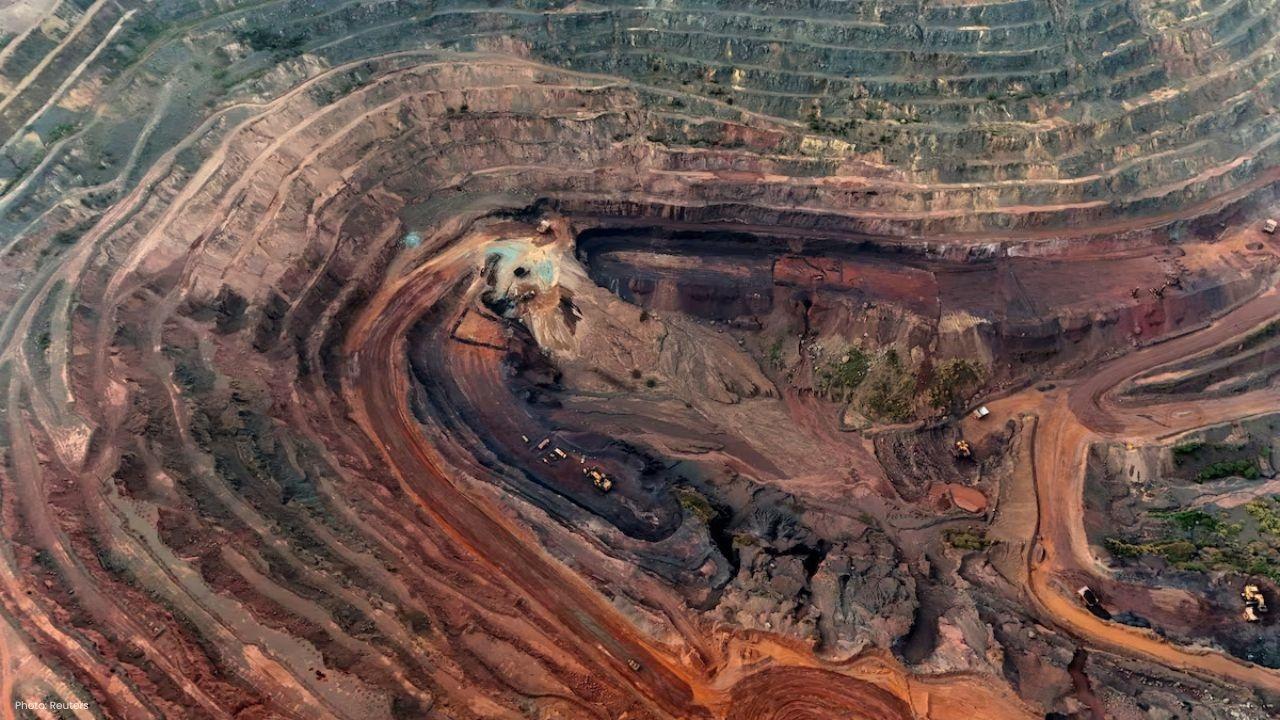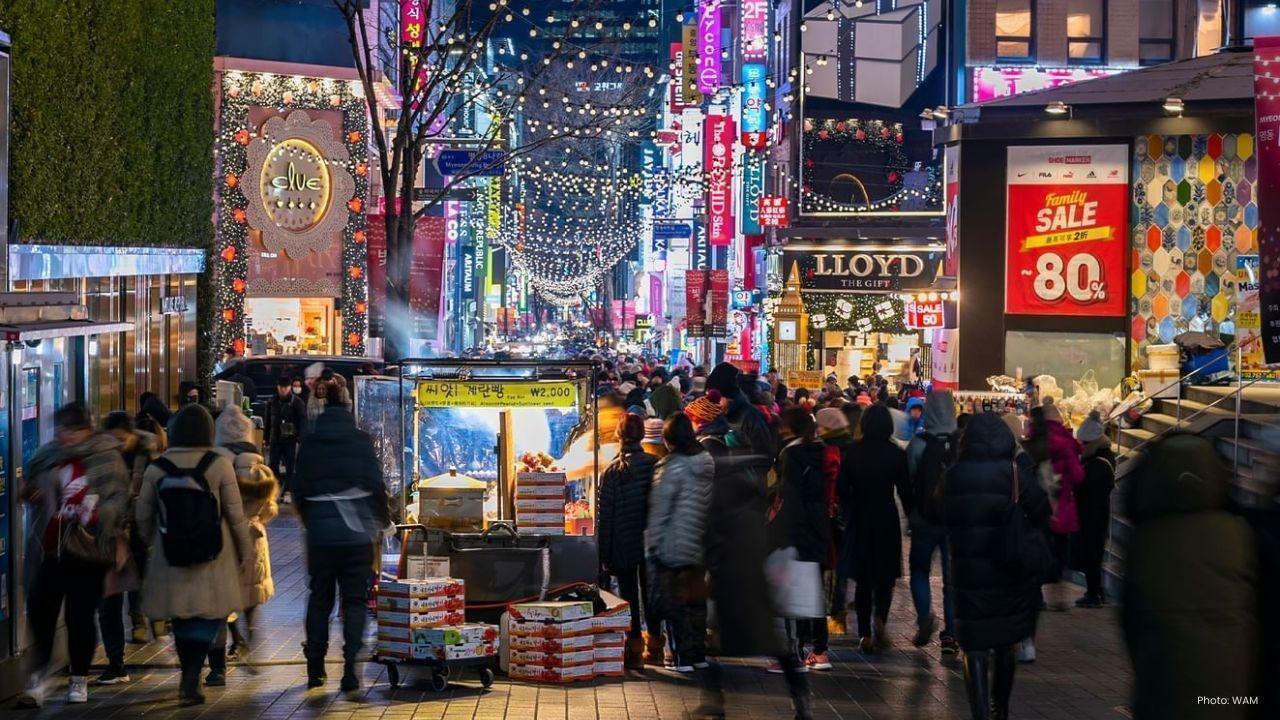
Join 10k+ people to get notified about new posts, news and tips.
Do not worry we don't spam!

Post by : Badri Ariffin
Lucindo Lima’s voice carries a youthful energy, belying his 72 years, as he sings of the fortunes never found beneath the hills of Serra Pelada. Once the heart of Brazil’s 1980s gold rush, the site has become a symbol of both lost dreams and the stark contrasts of mining in the Amazon.
“Under those mountains all our riches are hidden,” Lima croons outside his weathered wooden house in Curionopolis, a district in Para, the Amazonian state soon to host COP30 climate talks. His words echo a reality shared by many “garimpeiros” — artisanal miners still scouring the land for traces of gold, often risking safety and legality.
The frenzy began in 1979, when thousands of hopeful miners descended on Serra Pelada, digging by hand a massive open pit. Black-and-white photographs by the late Sebastiao Salgado captured the chaotic energy of the rush: men swarming the pit like an insect colony, a scene that shocked the world with its raw intensity. By 1992, diminishing ore and flooding forced authorities to halt operations, leaving behind a water-filled crater as a reminder of the fevered pursuit of wealth.
Yet the region’s mineral story did not end there. Just two hours from the abandoned pit stands Carajas, the world’s largest open-pit iron-ore mine, operated by Brazilian giant Vale. Unlike Serra Pelada, Carajas is a model of modern mining, featuring driverless trucks, AI systems, and plans for a $13 billion investment from 2025 to 2030. Vale reports that its annual revenue from Carajas alone surpasses Serra Pelada’s entire historic gold yield by nearly nine times.
While Vale promises to preserve roughly 800,000 hectares of surrounding forest, illegal gold mining in Para continues to take a heavy toll. Rivers and tributaries are polluted, deforestation rises, and mercury contamination threatens communities. In contrast, Vale transports high-grade ore efficiently via rail, leaving garimpeiros to navigate informal roads and river routes fraught with danger.
Despite decades of hardship, hope persists underground. Cicero Pereira Ribeiro wields a pickaxe in one of Serra Pelada’s dim shafts, venturing 25 meters beneath the surface, while Antonio Luis, a miner since 1981, admits, “We haven’t woken up from this dream yet.” For many, the lure of gold remains irresistible, a fragile bridge between past riches and uncertain futures.
Serra Pelada’s story is now one of contrasts: the fading echoes of a legendary gold rush versus the technological might and environmental ambitions of modern mining in Brazil’s Amazon. Both exist side by side, shaping the landscape, economy, and dreams of a region at the crossroads of history and progress.










India Wins First Women’s World Cup 2025 Title
India lifts its maiden Women’s World Cup 2025 title! Harmanpreet Kaur’s team stuns South Africa in a

Manuel Frederick, 1972 Olympic Bronze Goalkeeper, Dies at 78
Manuel Frederick, a member of India’s 1972 Olympic bronze hockey team, has died in Bengaluru at 78 a

Muhammad Hamza Raja Wins IFBB Pro Card Puts Pakistan & UAE on Global Stage
Pakistani bodybuilder Muhammad Hamza Raja earns IFBB Pro Card in Czech Republic, showcasing Dubai’s

Shreyas Iyer’s Recovery Underway After Spleen Laceration in Sydney ODI
Shreyas Iyer is recovering after a spleen laceration sustained while taking a catch in the Sydney OD

Qatar Ready to Host FIFA U-17 World Cup 2025 in Aspire
Qatar confirms full readiness to host the FIFA U-17 World Cup 2025 from November 3–27, with world-cl

Wolvaardt’s 169 Sends South Africa Into Women’s World Cup Final
Laura Wolvaardt’s 169 powered South Africa to a 125-run semi-final win over England, booking a place